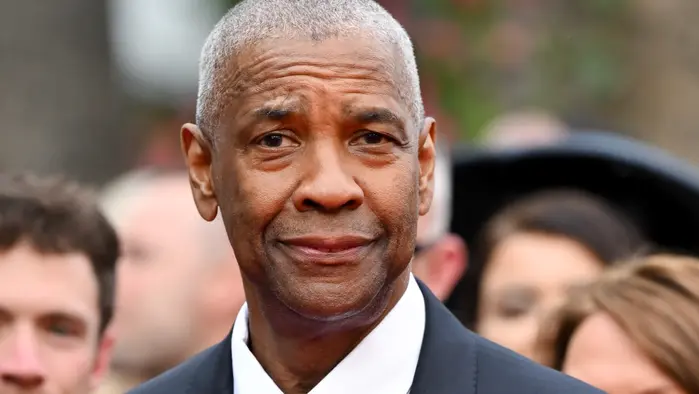T4K3.news
Highest 2 Lowest hits theaters
Denzel Washington and Spike Lee's long-awaited collaboration arrives in theaters and on Apple TV+.
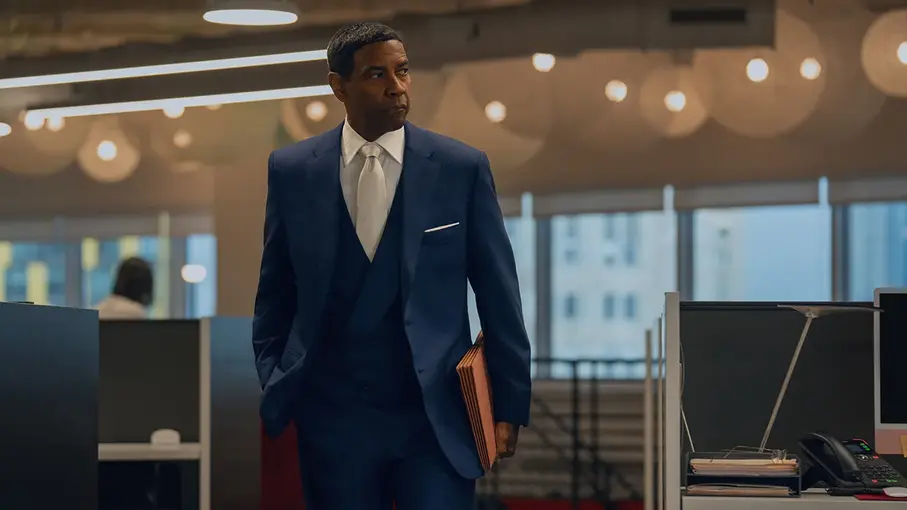
An editorial look at how a decades-long development saga brought a Spike Lee Denzel Washington collaboration to life.
Highest 2 Lowest finally hits theaters after 35 years
The film Highest 2 Lowest marks a rare reunion between Spike Lee and Denzel Washington, years after attempts to remake Kurosawa's High and Low. The project began in 1990 with David Mamet writing drafts and a string of directors attached, before Disney's Touchstone and Miramax labels shelved the idea while development costs rose to about 10 million. In 2019, producer Jason Michael Berman seized the opportunity, securing rights after a long negotiation with the Kurosawa estate and hiring Alan Fox to adapt the concept as a New York music world story. Washington agreed to the project after reading Fox’s script and Lee signed on, with Apple TV+ set to stream the film on Sept 5 following a Cannes premiere that drew strong reviews. Rotten Tomatoes tallies a 91 percent critic score.
The journey shows how a big idea can survive years of rewrites, leadership changes, and complex rights deals. A24 backed Fox’s take, and the evolving Hollywood landscape—where streaming windows and prestige projects intersect—helped turn a stalled remake into a contemporary drama about legacy, talent, and the attention economy.
Key Takeaways
"A lottery ticket that finally paid off for everyone involved"
Reflects the long road to finally producing the film
"Patience is the real budget in Hollywood"
Comment on the funding and timing required to greenlight the project
"Development hell can birth a sharper film or drain a studio"
On the risks and potential outcomes of long development
"From stalled remake to Cannes favorite"
Illustrates the journey from concept to reception
This is more than a backstory. It illustrates how a potentially risky remake can become a cultural asset when talent, timing, and a fresh angle align. Fox’s pivot to late-stage capitalism and a generational conflict in the music world gives the story a modern edge without losing Kurosawa’s core tension. The project’s path also reflects a shift in how studios manage legacy properties, using new writing and strategic partners like A24 to de-risk a high-budget gamble. Yet the baggage—past collaborators facing scrutiny and a long development curve—means the film will still be measured against expectations set decades ago.
Highlights
- A lottery ticket that finally paid off for everyone involved
- Patience is the real budget in Hollywood
- Development hell can birth a sharper film or drain a studio
- From stalled remake to Cannes favorite
Development costs and industry risk
The project endured a 35-year development process with significant rights work and a sizable development budget. Public scrutiny around past collaborators and the shifting landscape of studio involvement add risk to future reception and financial performance.
The film’s outcome may shift how studios approach long-simmering projects
Enjoyed this? Let your friends know!
Related News
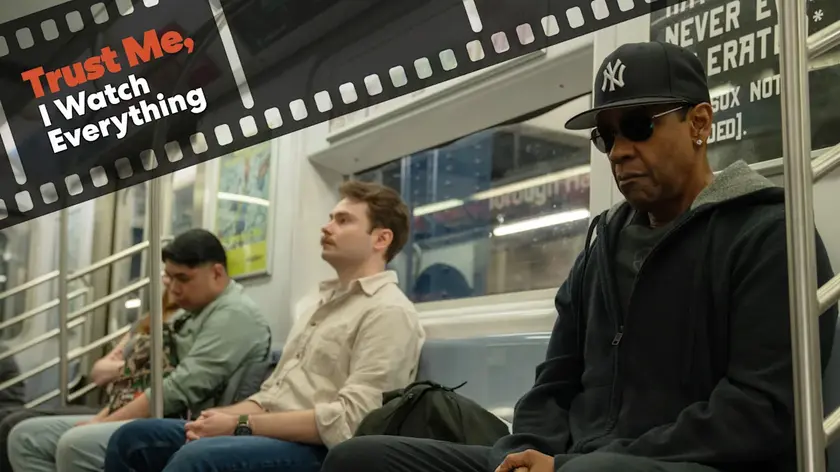
Weekend film slate offers strong mix
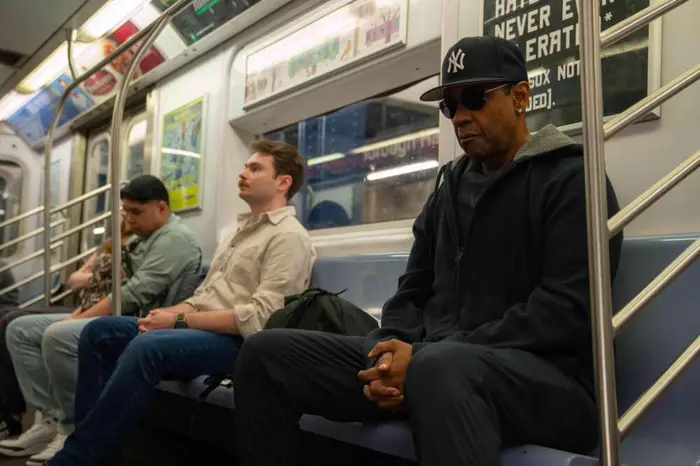
Spike Lee Reinterprets Kurosawa Classic in Highest 2 Lowest
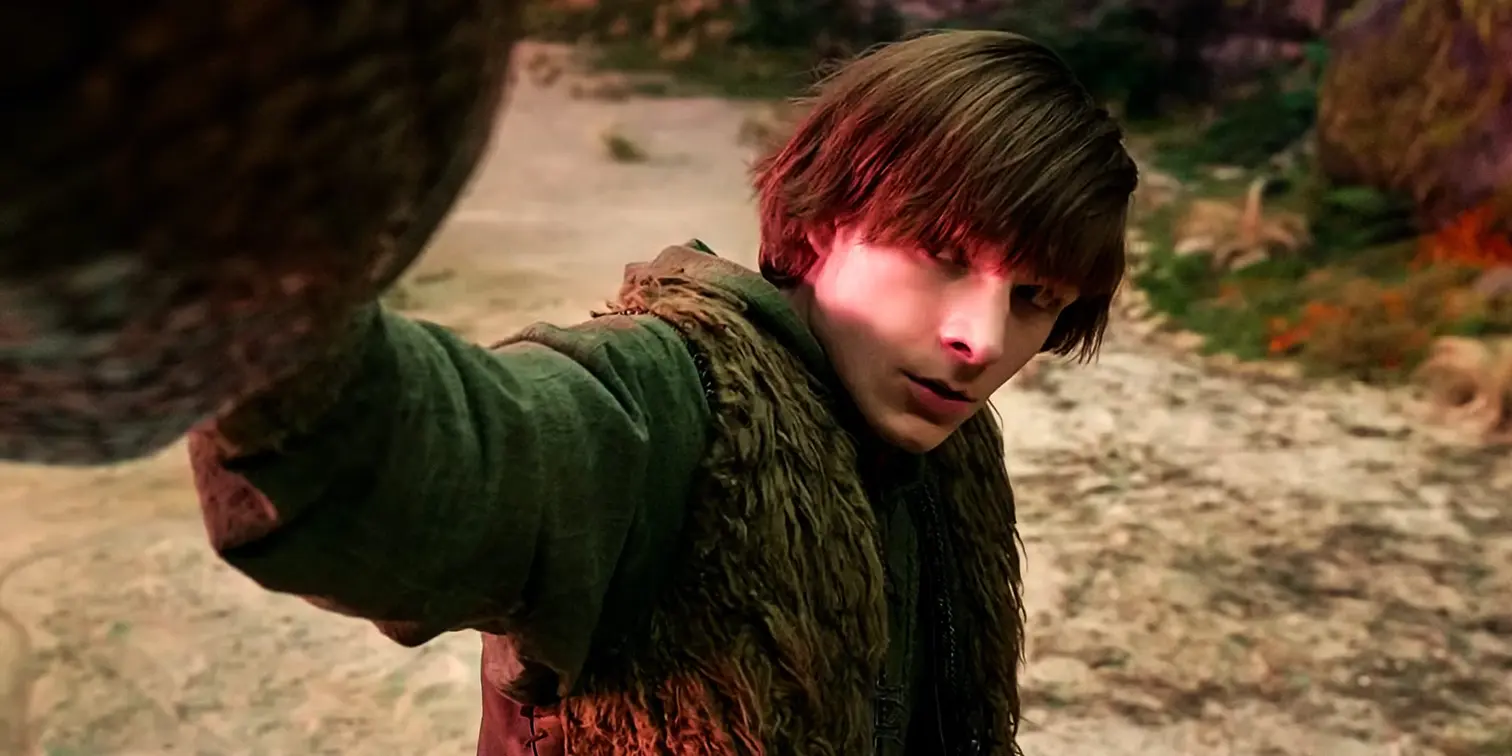
How to Train Your Dragon breaks box office record
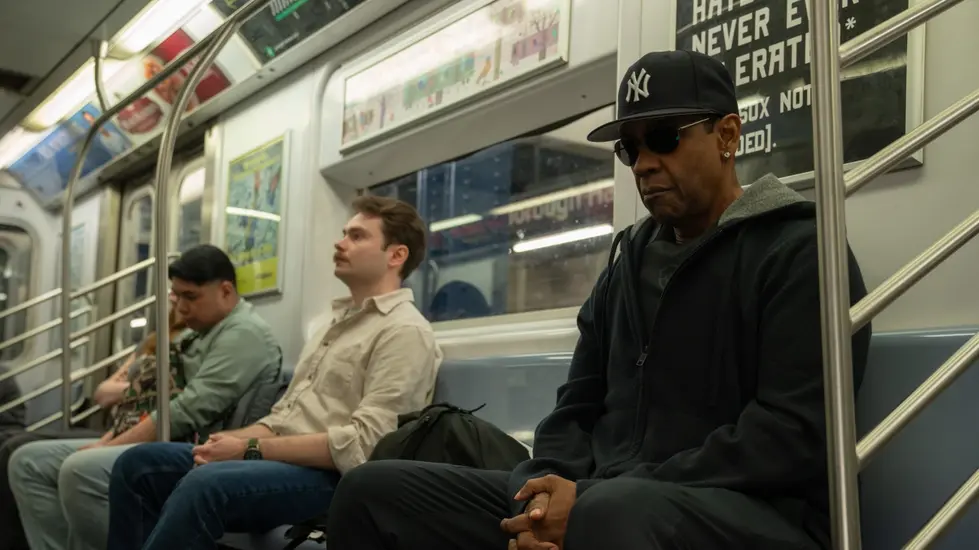
Highest 2 Lowest review

Denzel Washington and Spike Lee reimagine a classic
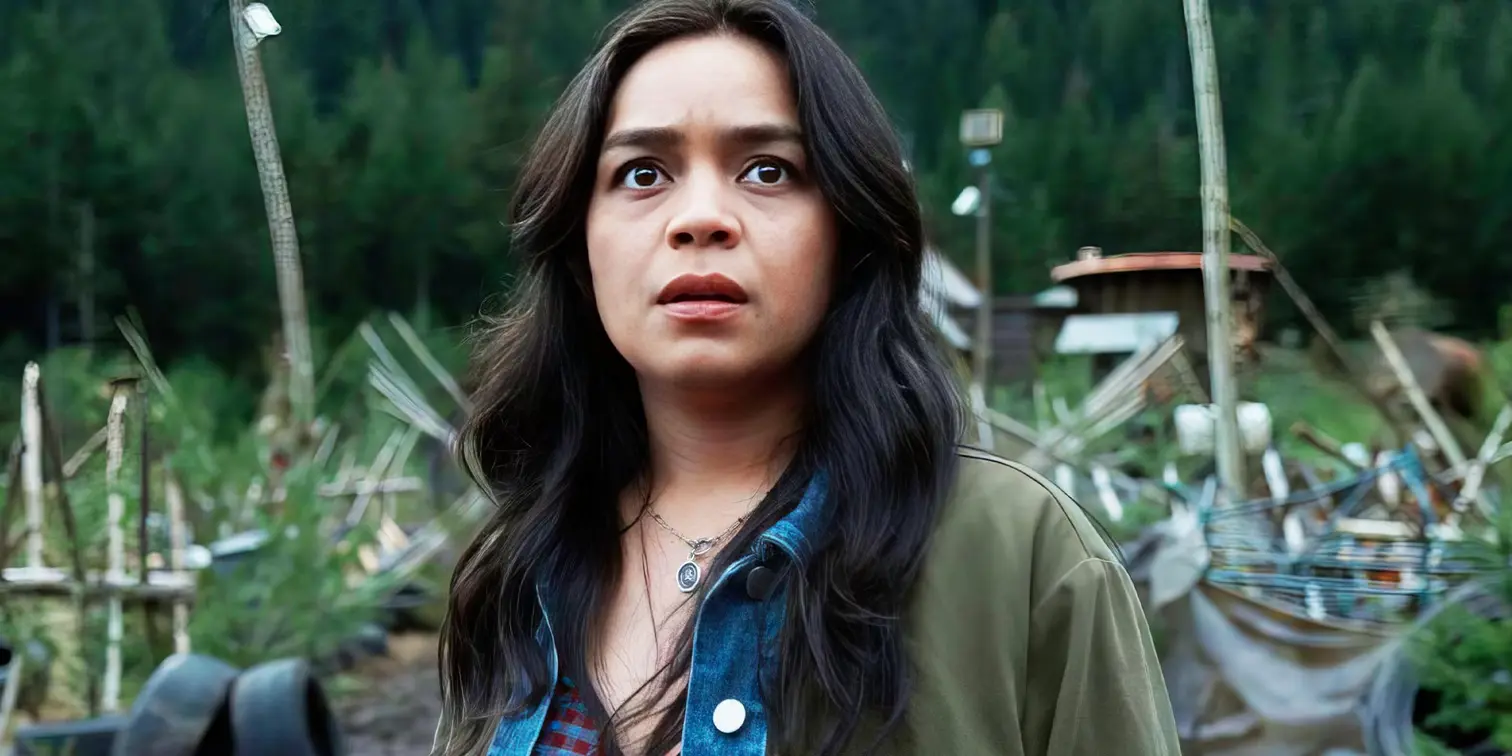
Final Destination Bloodlines opens with record box office

Spike Lee critique prompts lively discussion

Giants top Bills 34-25 in preseason
